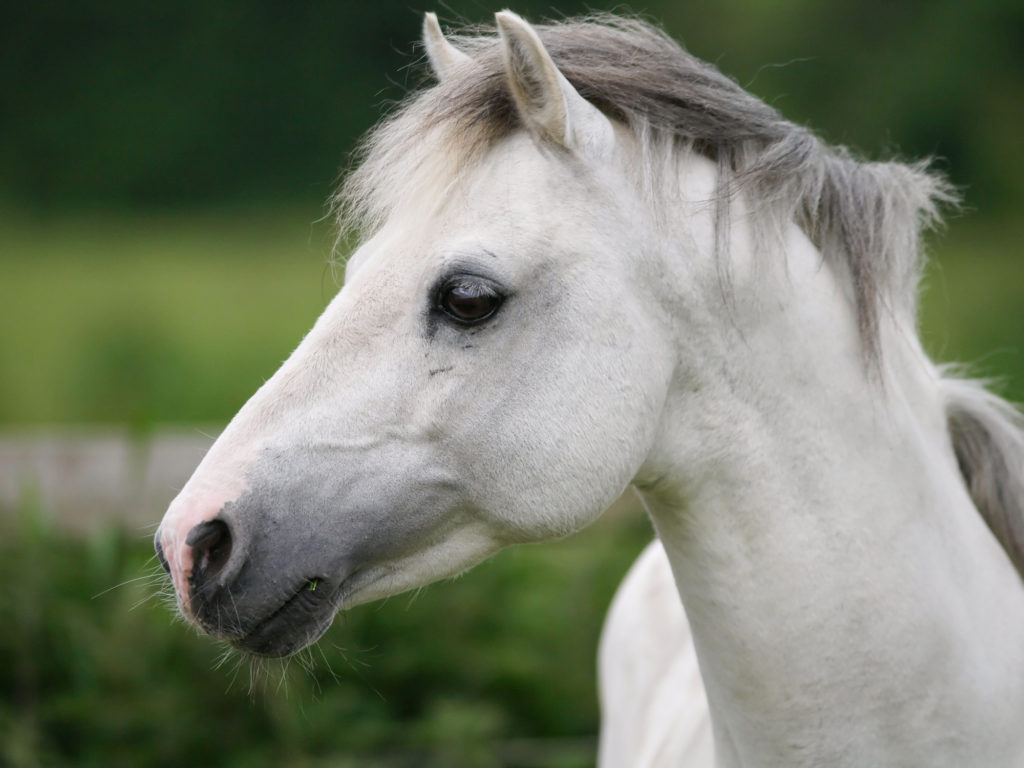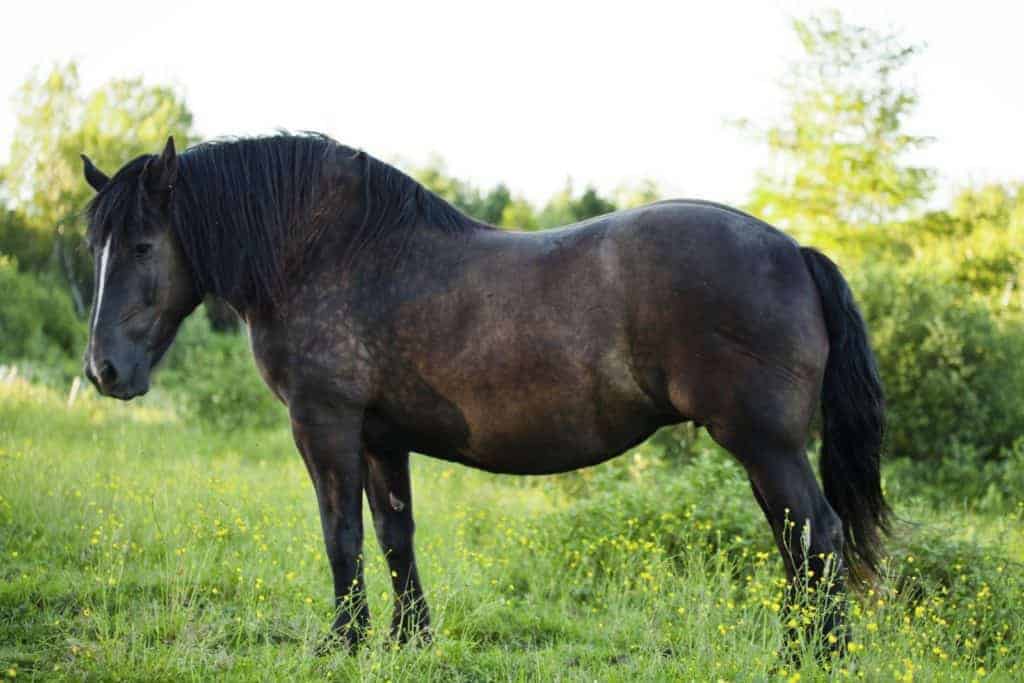
EMS Heritability High in Morgans, Welsh Ponies
Researchers have learned that genetics have more influence on a horse’s risk of developing EMS than previously thought.
Laminitis (commonly called “founder”) affects an estimated 7-14% of the world’s equine population. It’s the inflammation of the tiny, interwoven lamellae that attach a horse’s hoof to the underlying coffin bone (third phalanx, or P3) and support the horse’s entire body weight. Anything that impacts the integrity of the lamellae, such as inflammation, weakens their hold. This causes the coffin bone to displace within the hoof capsule and move toward the ground. The condition is very painful and is often life-threatening to horses.
The same disease has several different causes, which include:

Researchers have learned that genetics have more influence on a horse’s risk of developing EMS than previously thought.

Laminitis can be challenging to treat, but using acupuncture in conjunction with traditional therapies might improve results, one study found. Here’s how.

Managing horses with PPID is an ongoing commitment and requires careful veterinary observation. By monitoring both clinical signs and endocrine values, many affected horses can return to athletic function and/or maintain a good quality of life.

Horses and ponies that gain weight are more than twice as likely to develop laminitis than if they lose or maintain their weight, a recently published study revealed.

The earlier a veterinarian can intervene and begin treatment in a laminitic case, the greater chances of success, which could mean saving the horse’s life.

Each horse responds to laminitis differently, so veterinarians must have a variety of pain-management options at their disposal.

Dr. Rob MacKay shared presented research on ice boots and cryotherapy for laminitic horses, R. equi and insect bit hypersensitivity vaccines, EPM, and more.

Horses consuming a particular supplement had higher high-molecular-weight adiponectin blood concentrations and lower insulin concentrations than when they didn’t consume it. And this, researchers say, could help reduce laminitis risk. Here’s why.

The older equine population is at greater risk of developing debilitating endocrine disorders such as insulin dysregulation and equine metabolic syndrome, all of which are best identified and treated as early as possible.

Researchers found that one in 10 horses or ponies develop an episode of laminitis every year, but only half of those episodes were diagnosed by a veterinarian.

Studies suggest that more than half of certain horse populations in the U.K. are overweight or obese. As such, BEVA urges owners to act now to reduce the risk of their horses suffering weight-related health and welfare risks come spring.

Is it safe to breed a mare who has equine metabolic syndrome and a history of laminitis? Reproduction expert Dr. Ryan Ferris offers insight.

University of Minnesota researchers are evaluating whether inhibiting an enzyme found in all mammals could help advance laminitis and osteoarthritis pain management in equine veterinary—and, eventually, human—medicine.

Download free reports on laminitis, senior horse care, medication administration tips, kissing spines, regenerative medicine, OCD lesions, and more.

Articles on laminitis, alfalfa, horse/human interaction, and hoof problems were among the most-read in 2018.

While researchers have discovered much about EMS over the years, there’s still more to learn not only about the link between obesity, insulin, and laminitis but also how to manage animals to help prevent them from becoming obese and/or developing insulin dysregulation.
Stay on top of the most recent Horse Health news with
"*" indicates required fields